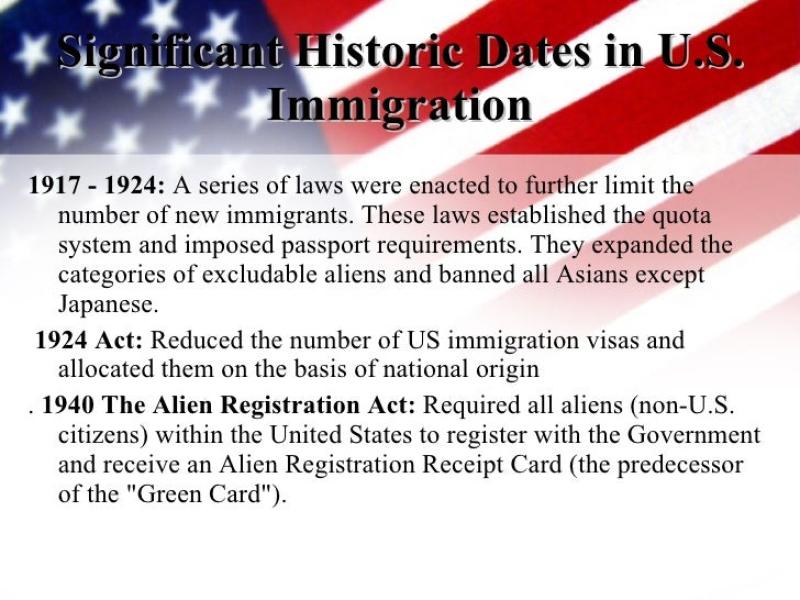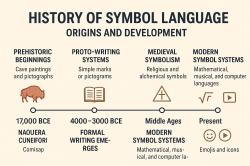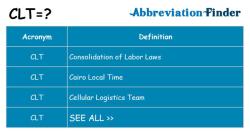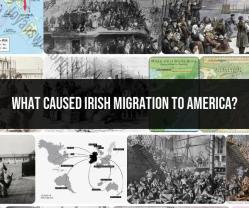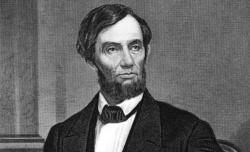When were the first limits placed on immigration to America?
The first significant limits on immigration to America were established in the late 19th and early 20th centuries. These limits were primarily enacted to address concerns about the increasing numbers of immigrants arriving in the United States. Two key pieces of legislation that marked the beginning of immigration restrictions in the U.S. were:
The Chinese Exclusion Act (1882): This was the first federal law that prohibited immigration of a specific group based on nationality. It banned the immigration of Chinese laborers to the United States for ten years and was later extended by the Geary Act in 1892. The Chinese Exclusion Act was not fully repealed until the Magnuson Act in 1943, which allowed for the naturalization of Chinese immigrants and established quotas.
The Immigration Act of 1924 (Johnson-Reed Act): This act significantly limited immigration from certain countries by establishing nationality-based quotas. It aimed to reduce the overall number of immigrants to the United States and favored immigrants from Northern and Western Europe over those from Southern and Eastern Europe. It also completely excluded immigrants from Asia. The 1924 Act remained in effect until it was replaced by the Immigration and Nationality Act of 1965.
These early immigration restrictions marked the beginning of a more formalized and regulated immigration system in the United States. Over the years, immigration laws have evolved, and various acts and amendments have shaped the U.S. immigration policy, including changes to the quota system and the removal of racial and national origin-based restrictions. The Immigration and Nationality Act of 1965, for instance, shifted the emphasis from national origin quotas to family reunification and employment-based preferences, fundamentally changing the landscape of U.S. immigration.
The First Limits on Immigration to America: Historical Milestones
The United States has a long and complex history of immigration, with periods of both open borders and restrictive policies. The first significant limits on immigration to America were enacted in the late 19th and early 20th centuries, reflecting changing social, economic, and political attitudes towards immigration.
Key Milestones:
1875: The Page Law is passed, prohibiting the entry of Chinese laborers and women.
1882: The Chinese Exclusion Act is passed, banning all Chinese immigration for ten years.
1885: The Alien Contract Labor Law is passed, restricting the importation of foreign contract laborers.
1907: The Gentlemen's Agreement is reached with Japan, limiting Japanese immigration to the United States.
1917: The Immigration Act of 1917 is passed, establishing a literacy test and barring entry to individuals deemed undesirable.
1921: The Emergency Quota Act is passed, setting temporary quotas for immigration from Europe.
1924: The Immigration Act of 1924, also known as the Johnson-Reed Act, establishes permanent quotas based on national origin, effectively barring immigration from Asia and significantly reducing immigration from Southern and Eastern Europe.
The Origins of Immigration Regulations in the United States
The first restrictions on immigration to America emerged in the late 19th century, driven by several factors:
Economic Concerns: Concerns about competition for jobs and wages led to calls for restrictions on immigration, particularly from Chinese laborers.
Social Prejudice: Anti-immigrant sentiment grew, fueled by stereotypes and fears about immigrants' cultural differences and perceived threats to American values.
Political Nativism: Nativist movements, advocating for the prioritization of native-born Americans, gained influence and played a role in shaping immigration policy.
Tracing the History of Immigration Restrictions in America
Immigration restrictions in the United States have evolved over time, reflecting changing societal attitudes and political landscapes.
Early Restrictions: The first restrictions targeted specific groups, such as Chinese laborers, reflecting prevailing prejudices and economic concerns.
National Origins Quotas: The 1924 Immigration Act marked a shift towards national origins quotas, effectively barring immigration from Asia and severely limiting immigration from Southern and Eastern Europe.
Post-World War II Era: After World War II, immigration policies became more restrictive, with quotas favoring Western European countries.
Recent Reforms: The Immigration and Nationality Act of 1965 abolished the national origins quota system and introduced family reunification preferences.
Contemporary Debates: Immigration remains a contentious issue in American politics, with debates centered on border security, undocumented immigration, and comprehensive immigration reform.
Understanding the historical context and motivations behind immigration restrictions is crucial for comprehending the complexities of immigration policy in the United States.
